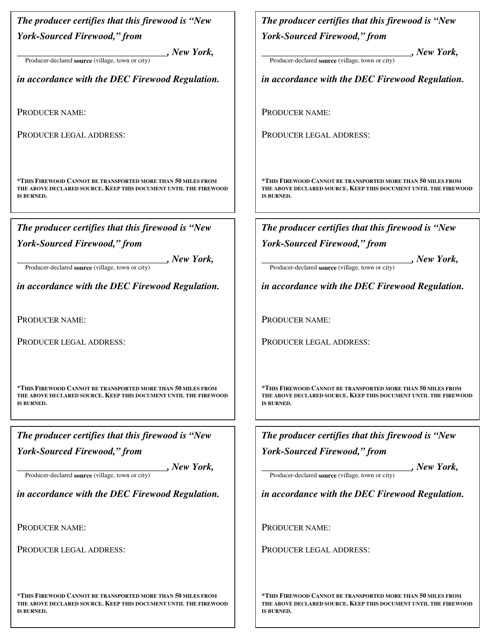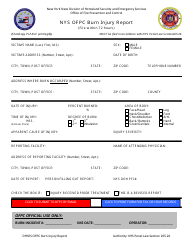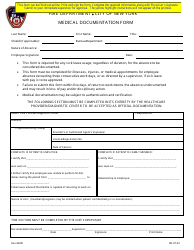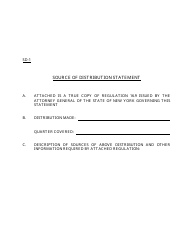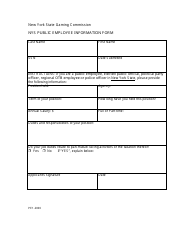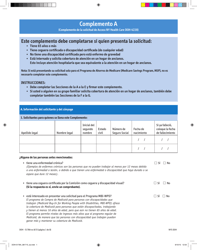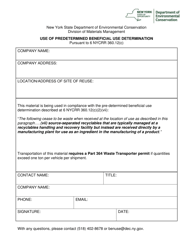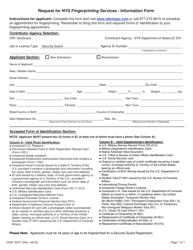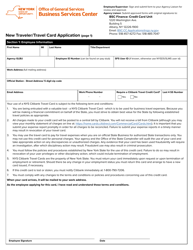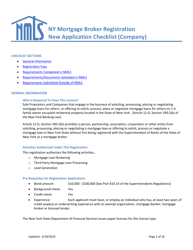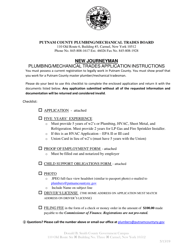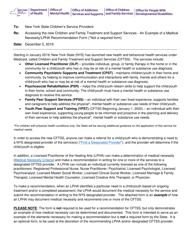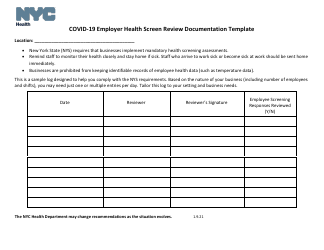NYS Firewood Source Documentation Example - New York
NYS Firewood Source Documentation Example is a legal document that was released by the New York State Department of Environmental Conservation - a government authority operating within New York.
FAQ
Q: Is it legal to transport firewood in New York?
A: Yes, it is legal to transport firewood within New York, but it may be subject to certain regulations to prevent the spread of pests.
Q: What types of firewood are commonly available in New York?
A: Commonly available firewood in New York includes hardwoods like oak, maple, and cherry.
Q: How much does firewood in New York cost?
A: The cost of firewood in New York varies depending on factors such as wood type, quantity, and delivery options. It is best to check with local vendors for specific prices.
Q: Can I cut my own firewood in New York?
A: Yes, you can cut your own firewood in New York, but there may be regulations and permits required depending on the location.
Q: What is the best way to season firewood in New York?
A: The best way to season firewood in New York is to allow it to dry and age for at least six months to a year, preferably in a well-ventilated area.
Q: Are there any restrictions on using firewood in New York state parks?
A: Yes, there may be restrictions on using firewood in New York state parks to prevent the spread of invasive pests. It is best to check with each park for their specific policies.
Q: Can I bring firewood from other states into New York?
A: Bringing firewood from other states into New York is generally discouraged to prevent the spread of pests. It is best to use locally-sourced firewood.
Q: What should I look for when buying firewood in New York?
A: When buying firewood in New York, look for dry and seasoned wood, free from pests and disease. It is also advisable to purchase from reputable vendors.
Q: How should I store firewood in New York?
A: It is recommended to store firewood off the ground, in a covered and well-ventilated area, to keep it dry and prevent pests from infesting it.
Form Details:
- The latest edition currently provided by the New York State Department of Environmental Conservation;
- Ready to use and print;
- Easy to customize;
- Compatible with most PDF-viewing applications;
- Fill out the form in our online filing application.
Download a printable version of the form by clicking the link below or browse more documents and templates provided by the New York State Department of Environmental Conservation.
